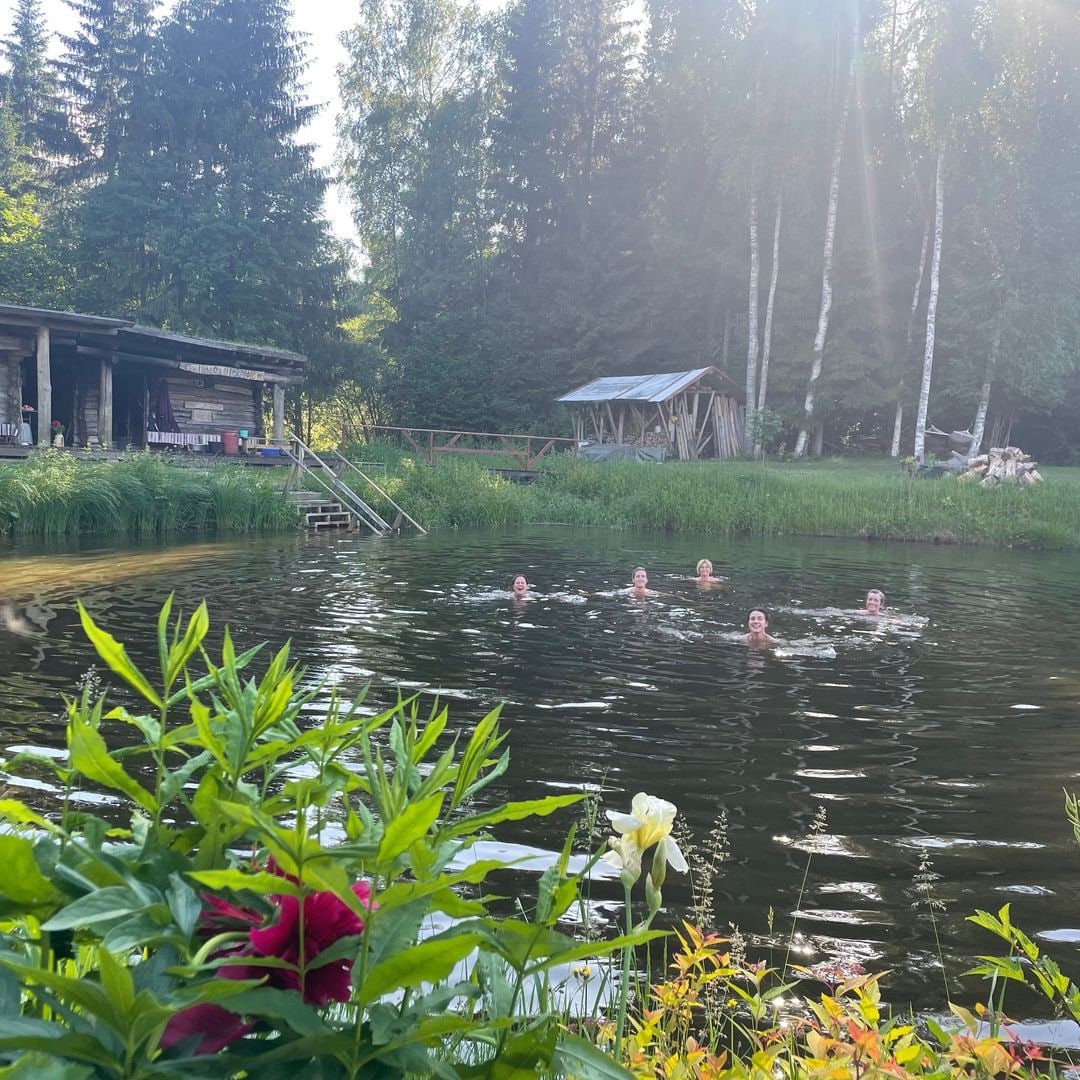If you stopped someone at random in the street and asked them to locate Pecs on a map, the chances are they wouldn't get it right the first time. Yet the city is one of the most important centres of culture in Hungary.
And since, along with Istanbul and Essen, it's been chosen European Capital of Culture 2010, this seems the perfect time to put Pecs firmly on the map of public consciousness.
With a population of around 160,000, which includes nine ethnic minorities, the city has made multiculturalism a watchword.
The area was occupied by Celts, then in the second century by the Romans, and it has always been a meeting place between cultures, not just the Hungarian (Magyar) culture, but Croatian, Balkan, Romany, German, Turkish... This has left the city a valuable heritage of monuments from different ages and styles, of different peoples and ethnic groups.
The monuments and architecture of the city include not only the early Christian necropolis - a UNESCO World Heritage Site - but a number of buildings from the Ottoman period, as well as the unusual traditional small dwellings in the narrow streets that climb Havi Hill, and modernist mansions whose rich ceramic facades and colourful roof drawings define the special atmosphere of the city.
The architecture, then, is enough of an incentive to visit this Hungarian town, but if you need more encouragement you have only to look at the programme of events prepared under the slogan Pecs, the borderless city, the central theme of the programme orchestrated by the flamboyant European Capital of Culture 2010.
The first big event is the Spring Festival, scheduled for March 15th to April 9th, with a packed programme of classical, contemporary and pop music, theatrical performances and literary shows, as well as displays of folk art and other exhibitions.
There's a busy schedule organised from spring on through to the autumn: the festival Journey around the Turkish crescent moon is to be held in May in the city's Ottoman monuments to publicise and celebrate Turkish culture; the Fishing on Orfu music festival on the banks of the picturesque lake, and the Folk & Rock festival, both in June; Rockmaraton in Malomvolgy Botanical Garden in July, and an exhibition in mid-August on Bahuaus, the major twentieth-century school of art among whose members are to be found a number of internationally famous artists from Pecs.
And, of course, all the events are accompanied by music and activity that will fill the city squares until the wee small hours as residents and visitors savour the best Croatian, German, Romany and Balkan cuisine with wines from the mountains of Villany and Mecsek.
Pecs is determined to live its big year to the full: the city boasts a new conference and concert centre (popularly known as "the snail", because of its shape), new open spaces in the old quarter, and the Zsolnay porcelain factory, with its close links to the city, has been reconstructed and is set to become a true cultural centre.
All this is icing on the cake for the city whose old quarter is home to the richest archaeological site in Central Europe: the World Heritage Site of the early Christian catacombs.
It's also home to the largest collection of Ottoman monuments in the whole of Hungary, including the mosque of Pasha Gazi Kaseem, the Pasha Memi baths, the mosque and minaret of Yakovali Hassan, whose excellent acoustics are due to the fact that empty jars were embedded when the walls were built - and the mausoleum of Idris Baba, the most prized work of Ottoman architecture in the country.
And that's without mentioning the Basilica of St. Peter or Kaptalan Street - known as Museum Street - or following the trail of Zsolnay porcelain around the city.
And if you want even more while you're in Hungary, you could visit the picturesque village of Cserkut, then take time for a boat trip on the river Drava, relax in the hot springs of Puchner Castle Hotel in Bikales, sample the red wines of Szekszard, visit Kaposvar - the city of painters - tour the castles of Tolnao and, if you travel in August, attend one of the shows hosted in Pecsvarad Castle.







